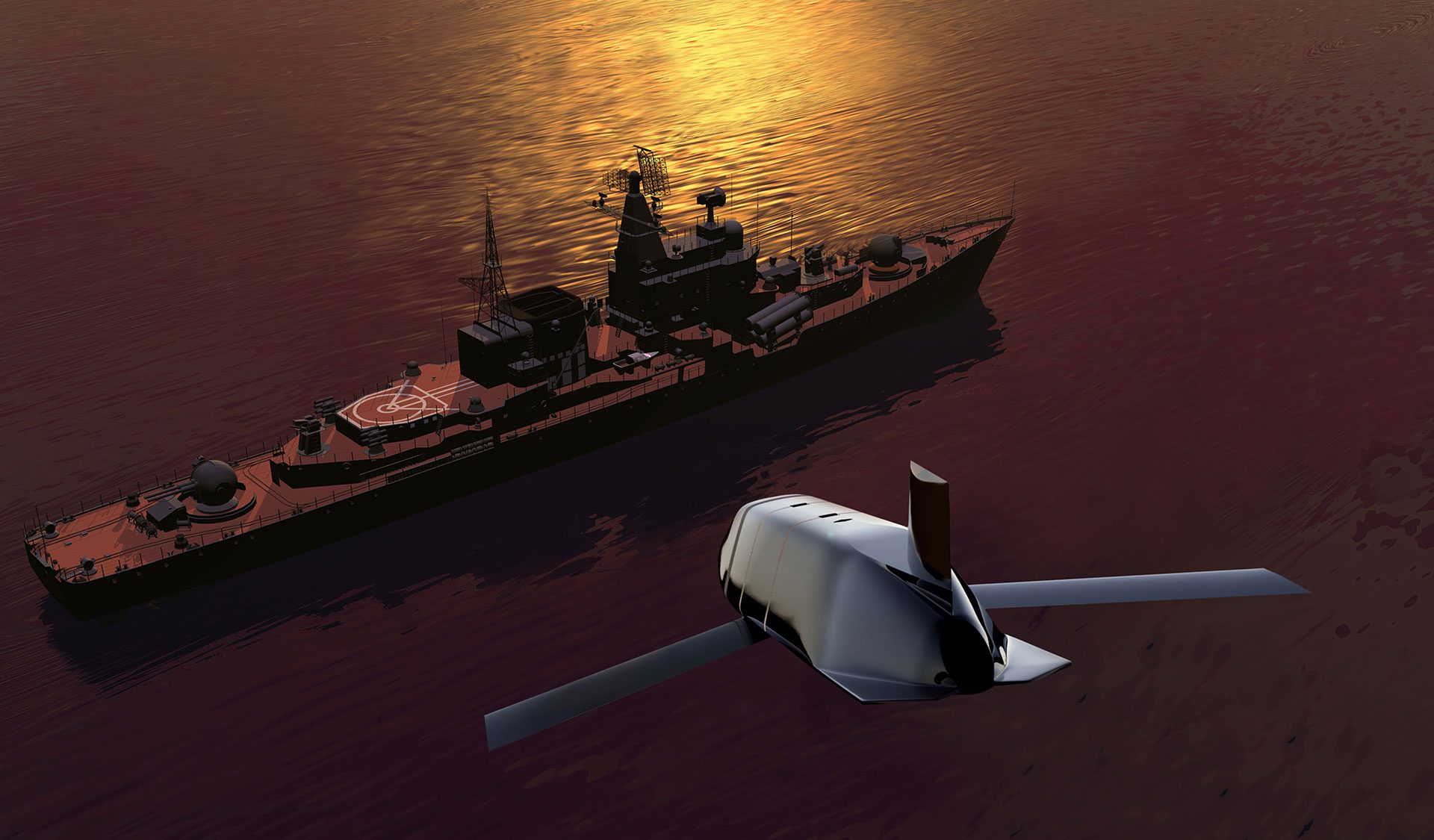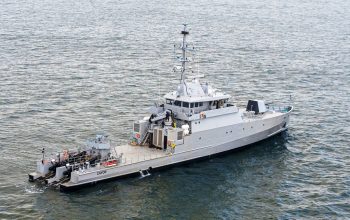BAE Systems has received a $117 million contract from Lockheed Martin to produce next-generation missile seekers for the Long Range Anti-Ship Missile (LRASM). The seeker technology enables LRASM to detect and engage specific maritime targets in contested environments with less dependence on traditional navigation systems. The next-generation seeker design reduces overall missile costs. The LRASM contract will support missiles for the U.S. Navy, U.S. Air Force, and U.S. allies through Foreign Military Sales, as well as research, development, test, and evaluation services.
Following design improvements conducted under a Diminishing Sources/Affordability contract, BAE Systems is producing next-generation seekers for Lots 4 and 5 that are more capable and easier to produce, with less-complicated manufacturing processes. The next-generation seekers have replaced obsolescent and limited-availability parts, dramatically reducing the system cost. BAE Systems’ work on the LRASM seeker is conducted at the company’s facilities in Wayne, N.J.; Greenlawn, N.Y.; and Nashua, N.H.

We’re committed to providing affordable systems that deliver unmatched capabilities to the U.S. and its allies,” said Bruce Konigsberg, Radio Frequency Sensors product area director at BAE Systems. We’ve designed efficient seeker systems that are easier to build and test without compromising on performance.
The AGM-158C Long Range Anti-Ship Missile (LRASM) RF Sensor is a precision-guided anti-ship missile designed to give the U.S. Navy the ability to strike high-value targets from long range while avoiding counter-fire. The LRASM sensor uses semi-autonomous guidance and target cueing data to precisely locate and attack targets, reducing reliance on Airborne Intelligence, Surveillance, and Reconnaissance (ISR) platforms, networking links, and GPS navigation. First fielded in 2018, the LRASM sensor continues that leadership tradition in a small form factor electronic warfare solution. With its superior range and survivability, LRASM is becoming an essential part of the modern warfighter’s arsenal.


























